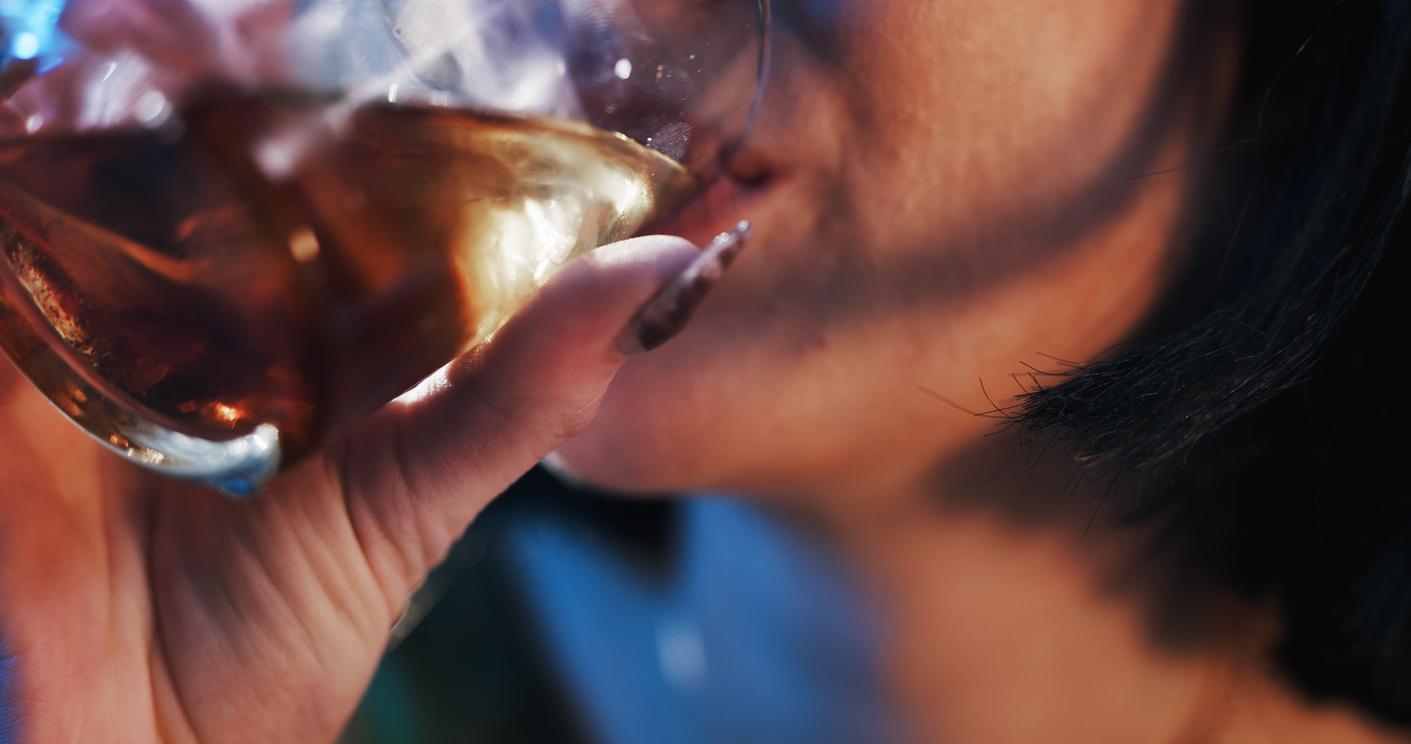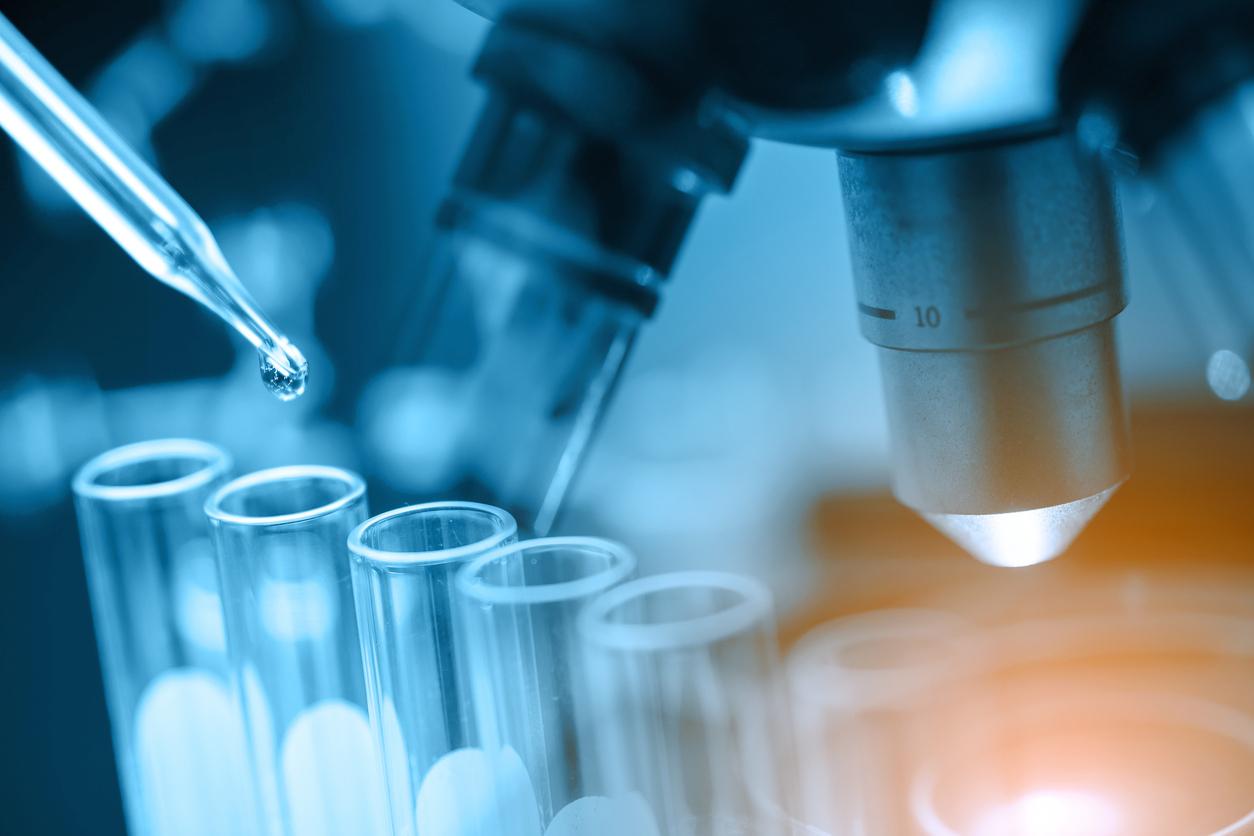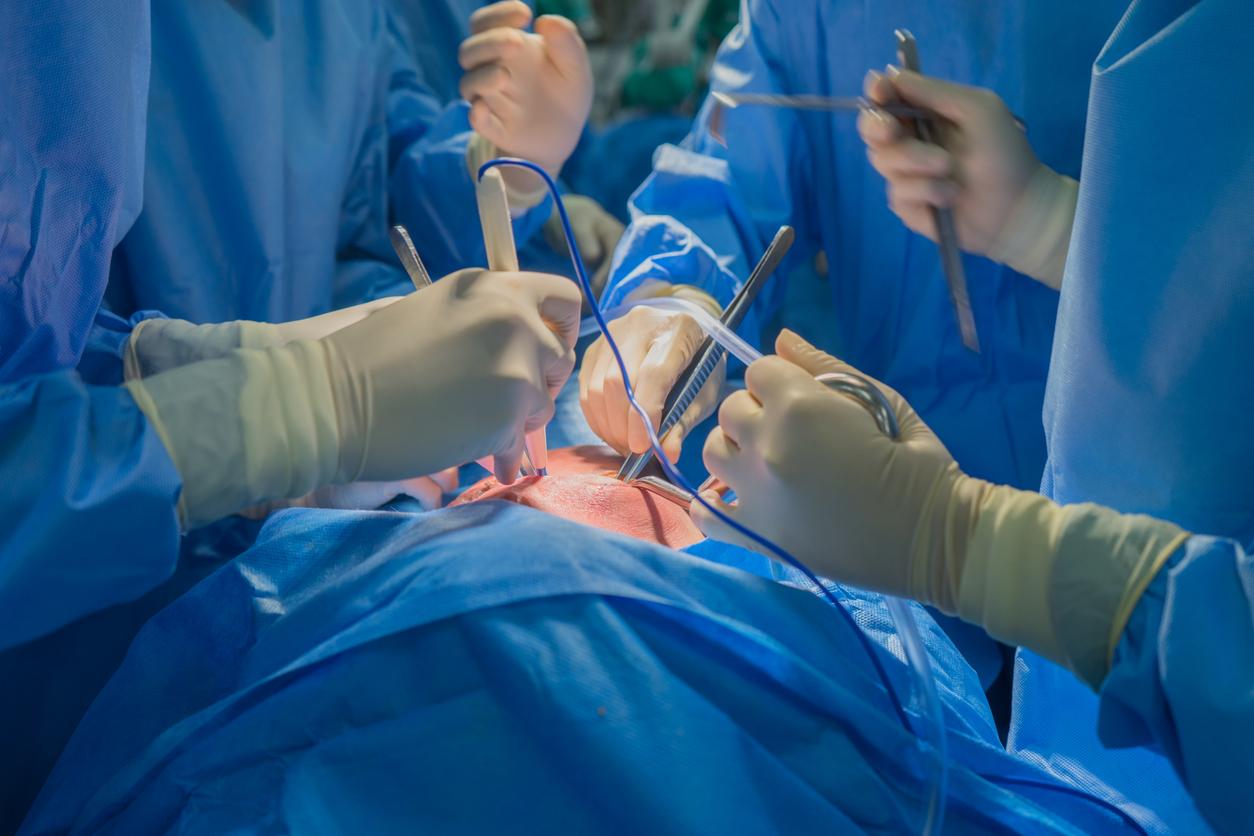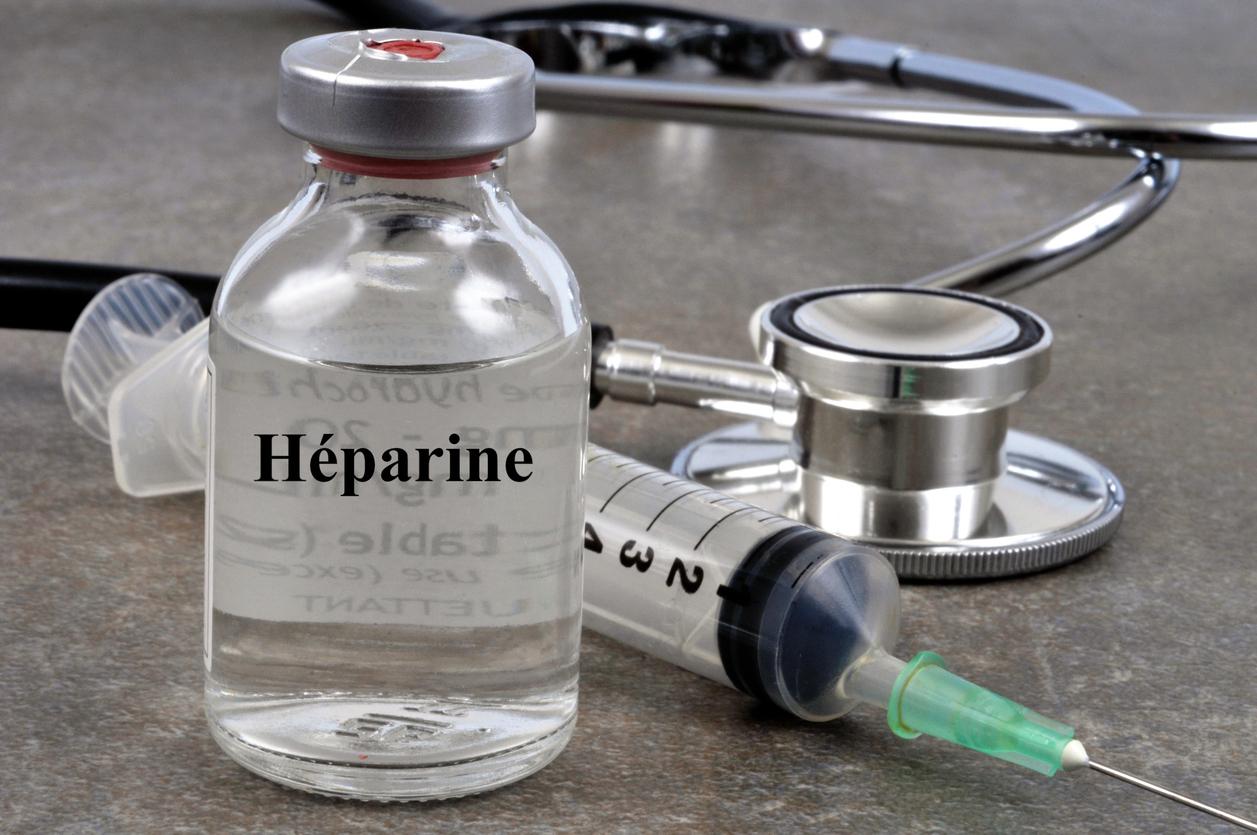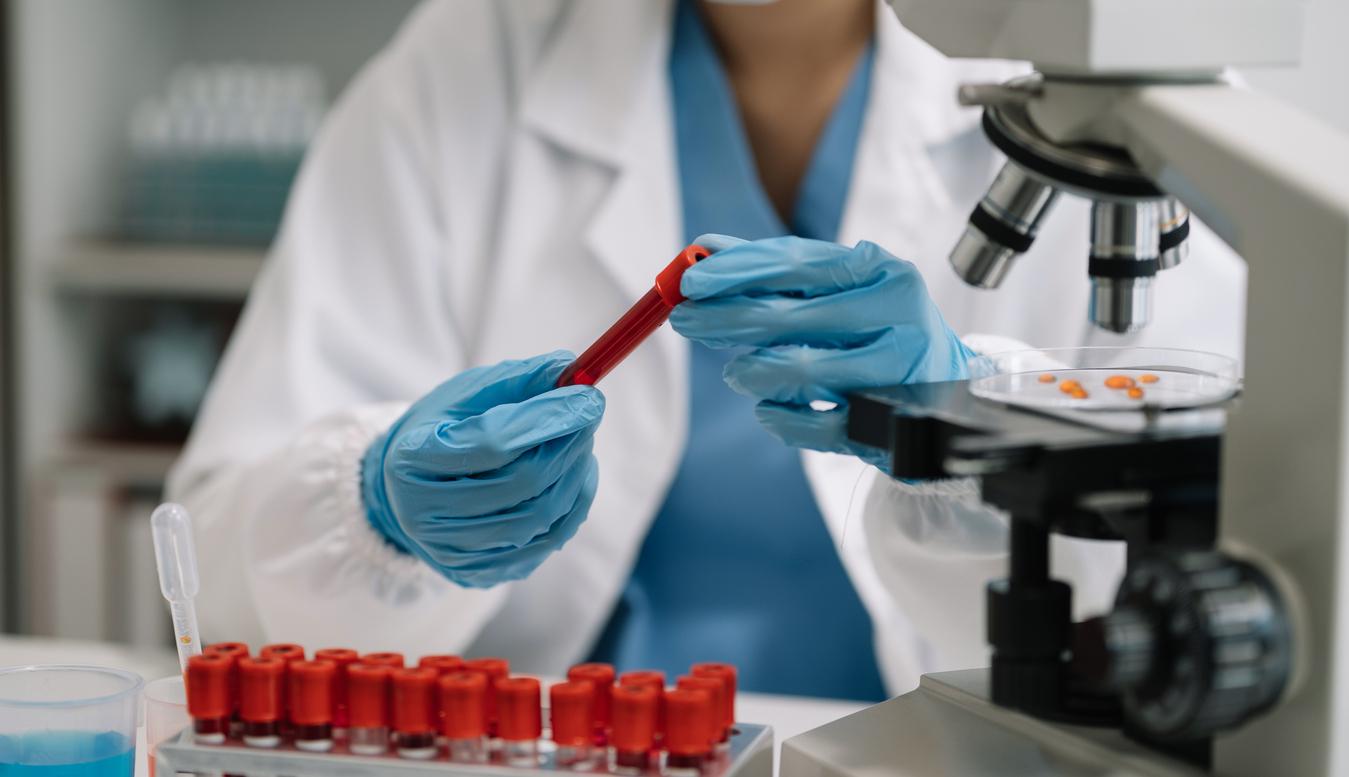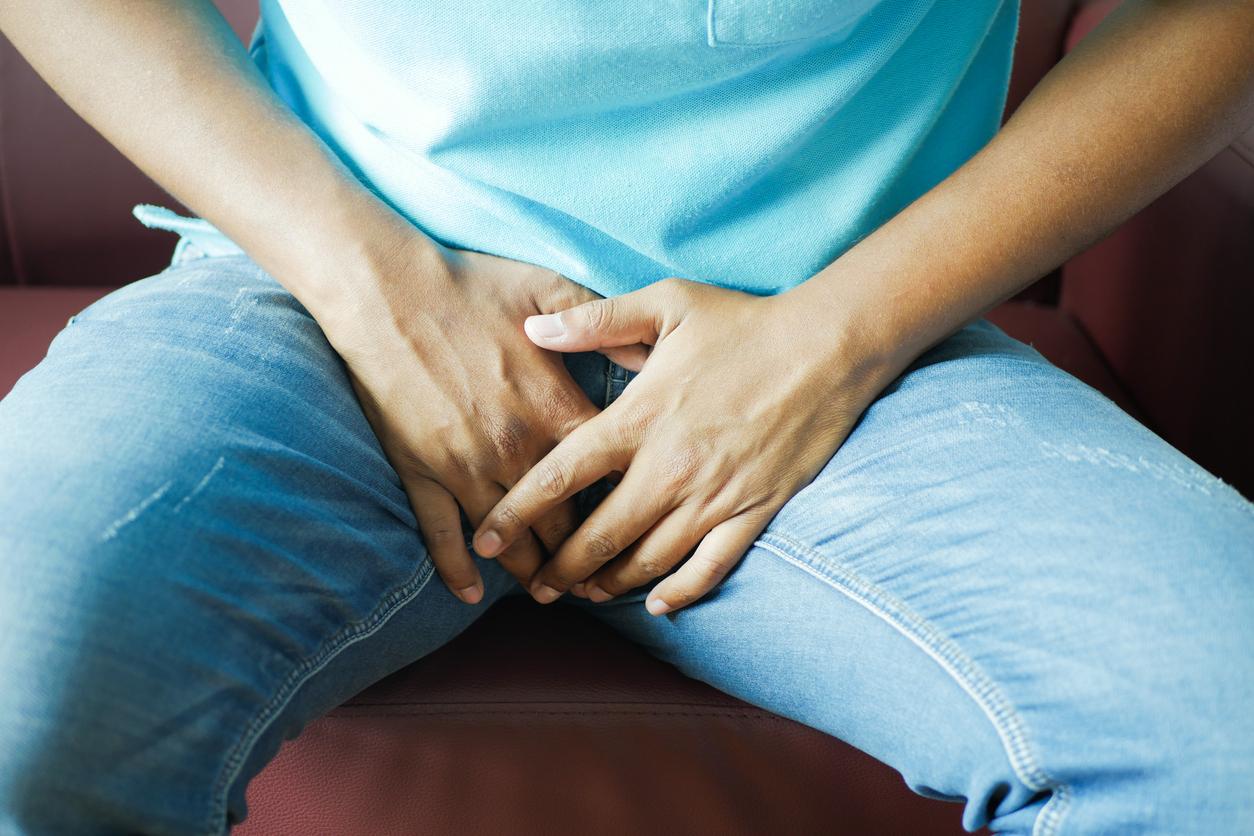|
Eye drops based on stale water, cough syrup containing antifreeze, aspirin made with talc… There is no shortage of examples of counterfeit drugs with more than doubtful active ingredients. Admittedly, most do not cross the borders of France. This virtual immunity, France owes it to an extremely controlled drug chain but also to the good level of reimbursement of these same drugs. Only 1% of our market would be eaten away by counterfeiting. A rate that would climb around 5% among our European neighbors, and 10% across the Atlantic.
Is it necessary for all that to practice the policy of the ostrich? Of course not, answer the pharmaceutical industry and the public authorities in unison. This is why the Sanofi-Aventis group has just inaugurated the central anti-counterfeiting laboratory in Tours. An initiative supported by the government. “The fight against counterfeiting has become a priority for a year because the risks are multiple, underlined Hervé Novelli, Secretary of State in charge of trade, crafts, SMEs, tourism and services, during the meeting. inauguration of this laboratory. It is also a threat to innovation. An inventor whose property rights are not protected will innovate elsewhere. “
The economic repercussions of counterfeiting amount to billions of euros since in 2006, copies would have represented 10% of the world pharmaceutical market. “And with the arrival of the Internet, counterfeiting has also become a problem for the countries of the North”, specifies Jean-François Dehecq, president of Sanofi-Aventis. In other words, the French borders have become more porous. In addition, the days when counterfeit professionals only attacked comfort drugs are long gone. The dismantling in Lyon, last June, of a clandestine laboratory of anti-cancer products is proof of this.
An exemplary French law
To fight against copies of all kinds, the public authorities do not rely only on manufacturers. Last October, France adopted a particularly repressive law on counterfeiting. This text notably introduces the concept of aggravating circumstances for products presenting a risk to health. However, “in the vast majority of countries, the counterfeiting of deadly products is not more penalized than that of T-shirts,” protested Jean-François Dehecq. And France does not intend to stop there. On the occasion of the French presidency of the European Union, she wants to increase “awareness around this subject and promote European cooperation with the United States and Japan”, indicated Hervé Novelli. Little chance that she preaches in the desert. The European Federation of Pharmaceutical Industries Associations has already plowed this field, calling last June for the ban on the repackaging of drugs, a practice promoting counterfeiting. And, in 2009, a new drug box coding system, called Data-Matrix, will be tested in Germany.
The efforts are significant but the road is likely to be long. According to a study by the International Federation of Pharmaceutical Industries (IFPMA), the business of counterfeiting drugs is 25 times more lucrative than that of heroin… and much less risky.
Cecile Coumau
Questions to Philippe Kearney, sDeputy Director of International Trade at the General Directorate of Customs
Customs officers surf the internet
Is counterfeiting on the rise?
Philippe Kearney. In recent years, we have witnessed a real explosion in counterfeiting. For customs seizures alone, we have gone from 200,000 to 6 million items in fifteen years. There is obviously everything: luxury products, cigarettes, toys … The phenomenon is more recent for drugs but it is growing significantly. Today in Europe we seize around 2 million counterfeit medicines out of around 100 million items seized each year.
Has our control system adapted accordingly?
PK The customs system has indeed evolved. In particular, we have a team of customs officers who surf the Internet to identify fraudulent sales. In addition, we have strengthened our cooperation with express freight operators since the goods must be delivered. And that’s when we do the seizure. In addition, our anti-counterfeiting legislative system has also evolved. We have slipped from a problem of job protection towards a fight against organized crime and a defense of public health. This is why the law of October 2007 strengthens the sanctions against products dangerous to health. The prison sentences are 5 years and the fines of 500,000 euros, while the common law penalties are 3 years and 300,000 euros.
Interview with Matthias Germain
|







